Command Palette
Search for a command to run...
Heroes Will Be Honored, and These Technologies and Codes Will Be Remembered by history.
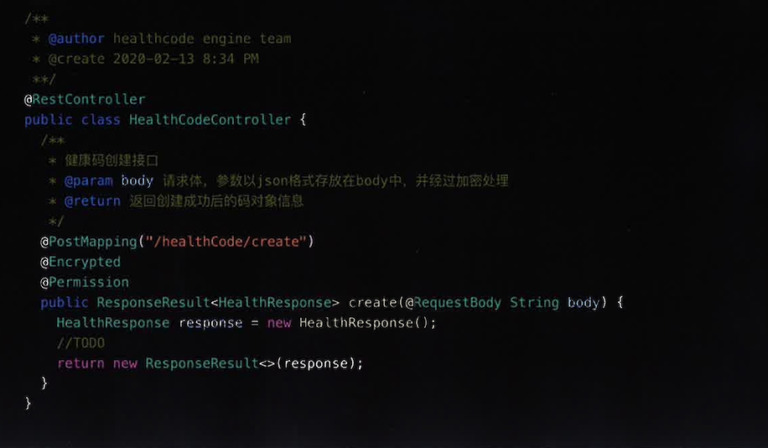
Recently, the National Museum has acquired several unique collections: three lines of code from the Alibaba team. As an unprecedented collection, these codes have their own unique historical significance, and they deserve to be recognized just like the people's heroes.
Today, we were flooded with messages about “People’s Heroes”.
At 10 a.m., the National Commendation Conference for the Fight against the COVID-19 Epidemic was held grandly in the Great Hall of the People.
The conference awarded Zhong Nanshan the "Medal of the Republic" and awarded Zhang Boli, Zhang Dingyu and Chen Wei the national honorary title of "People's Hero".

In addition to these fighters against the epidemic, there is also a group of special "heroes" who have made outstanding contributions in this year's fight against the epidemic and have been included in the collection of the National Museum.
History will also remember: codes, driverless cars, food delivery services
Recently, the National Museum has added new items. This latest batch of collections is different from previous ones: these items were collected to commemorate the fight against the epidemic and will become historical relics.
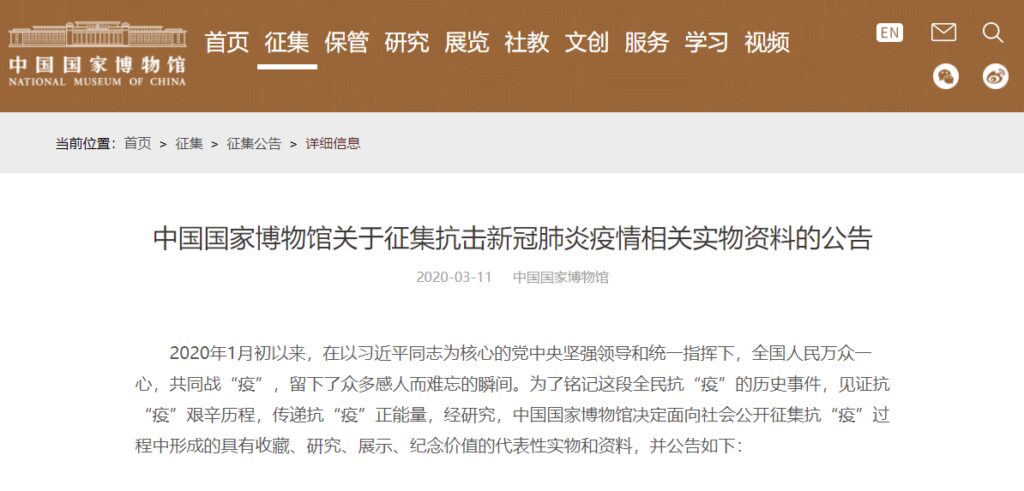
After the National Museum of China issued a call for anti-epidemic collections, people from all walks of life responded and donated various commemorative items.
Today, these new members joining the National Museum not only have special significance because they have witnessed the history of anti-epidemic efforts, but are also very different because of their own distinctive characteristics of the times.
Alibaba: Three pieces of code
In this collection, Alibaba submitted 30 anti-epidemic items in 14 categories, including 4 clinical treatment manuals for new coronavirus pneumonia, 2 hospital response strategies under the outbreak of the new coronavirus epidemic, bills of lading and customs declarations donated from six continents, etc.
Among them, there are three "items" that are different from the others. They are:
- Developed by the Alipay teamThe first line of code of the health code system;
- Alibaba Cloud's nationalThe first line of code of the health code engine;
- Developed by Alibaba DAMO AcademyThe first line of code for the COVID-19 CT imaging AI-assisted diagnosis product.
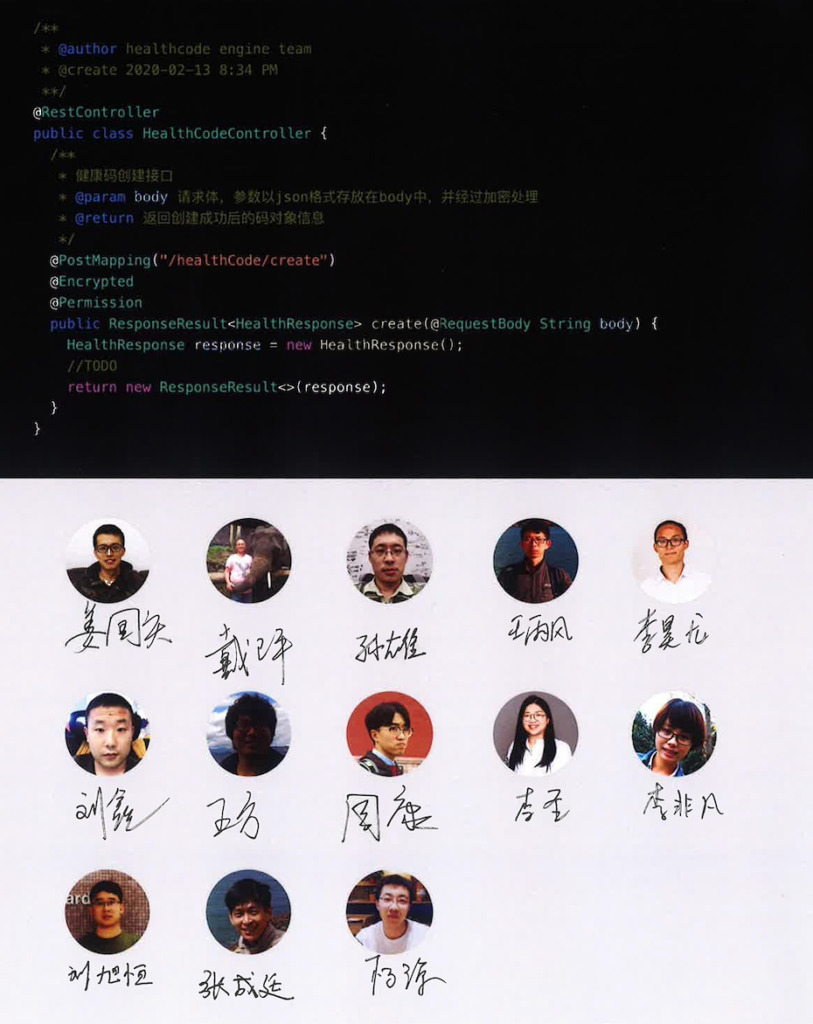
As we all know, since the outbreak of the new coronavirus pneumonia epidemic in early 2020, epidemic prevention and control has become the top priority of the whole country.
In addition to offline methods such as temperature and nucleic acid testing,The health code, a digital epidemic prevention tool, has also become an essential credential for everyone traveling.
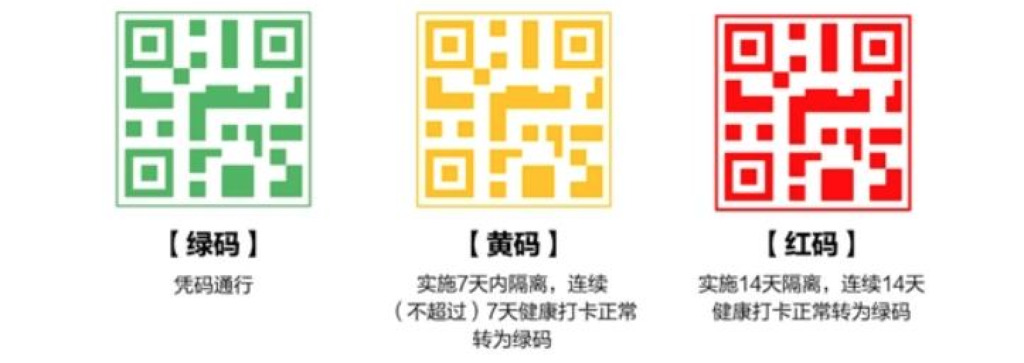
It is reported that the health code project requires cooperation among Ali's Alipay, Alibaba Cloud and DingTalk teams. Therefore, engineers from these three teams form the health code team.
The core mission of the Alibaba Cloud team is to develop code engines.The Alipay and DingTalk teams provide query access and verification functions.
Note: The code engine is the backend of the health code. It will convert the user's personal identity information into a unique code in the system through the public security database, and direct the judgment and real-time issuance of the red, yellow and green codes.
With the collaboration of the three-party team, the first line of the health codeIt was submitted in the early morning of February and went online in Hangzhou on February 11.Later, because it was easy to present and use, it was quickly promoted throughout the country.
Today, this line of code is officially collected by the National Museum, not only because of the technological breakthrough it brings, but also because its collection significance lies in the fact that it is a testimony to China's digital anti-epidemic efforts and contains an unforgettable memory for the people of the whole country.
JD.com: Unmanned delivery vehicles
A total of five items from JD.com have been selected for the National Museum's collection, which are called the "Five-Piece Set."
They include: unmanned delivery vehicle No. JD40006, a letter of thanks from the Hubei Provincial COVID-19 Prevention and Control Command, a letter of thanks from Academician Zhong Nanshan, a letter of thanks from the medical staff of the Inner Mongolia medical team supporting Hubei to the JD courier, and a documentary on the fight against the epidemic with technology.
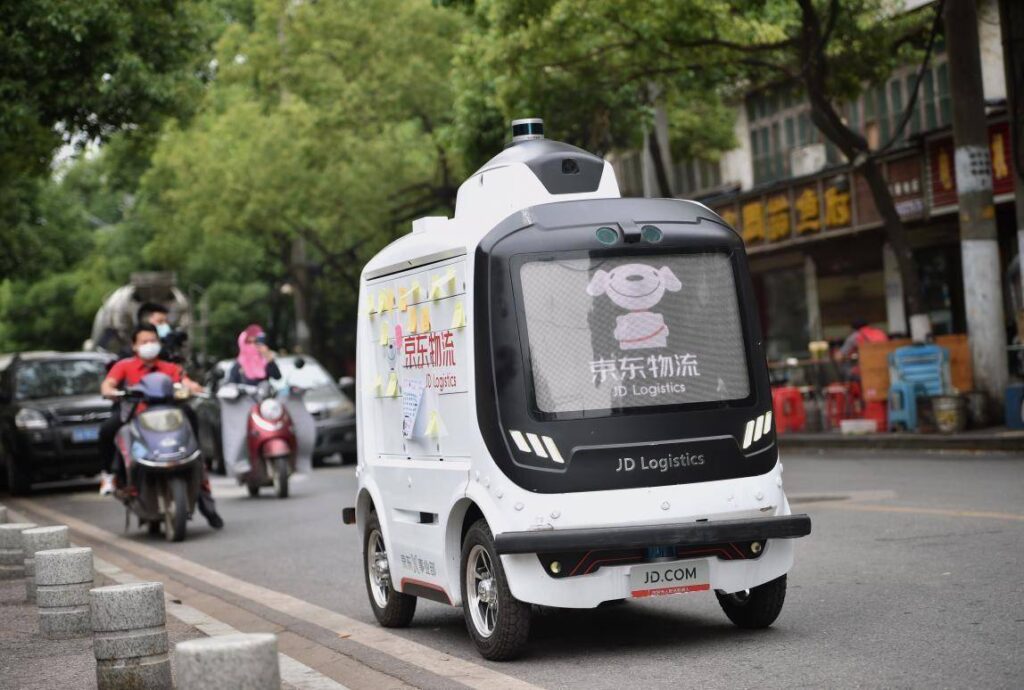
This unmanned delivery vehicle, No. JD40006, is the first robot to become a formal employee of JD.com.At the beginning of the epidemic, JD40006 became a member of JD.com's intelligent technology emergency response team and was affectionately called "Dabai", responsible for contactless delivery of supplies during the epidemic.
It relies on L4-level autonomous driving technology, Beidou satellite positioning system, and remote deployment to make the entire unmanned delivery process fully automated.During the anti-epidemic period, it traveled a total mileage of more than 6,800 kilometers and delivered about 13,000 parcels.
Ele.me: Knight Takeaway Service
Takeaway has become an indispensable part of this era. According to Analysys data,Currently, the daily scale of takeout in China exceeds 2 billion yuan.Nowadays, takeout is no longer limited to catering, but has also extended to the delivery of fresh food, daily necessities, medical supplies, etc.
If takeout brought us convenience and time freedom before, then during the epidemic, takeout has also brought us more sense of security.
It is reported that during the epidemic, 32-year-old veteran Fu Tenghu formed a special takeaway delivery team "Flying Tigers" to deliver meals to medical staff at Wuhan Union Hospital. They delivered dozens of meals per day, and delivered 10,000 meals in total.

Among these representative works of science and technology in fighting the epidemic, code, as the most special collection, has also aroused heated discussions on the Internet.
"It's cool to write code and bring it to the National Museum. It's a bit exciting and a commemoration. When there is an exhibition at the National Museum, I will definitely go to Beijing to see it," said Liu Zhifei, a front-end developer at Alipay.
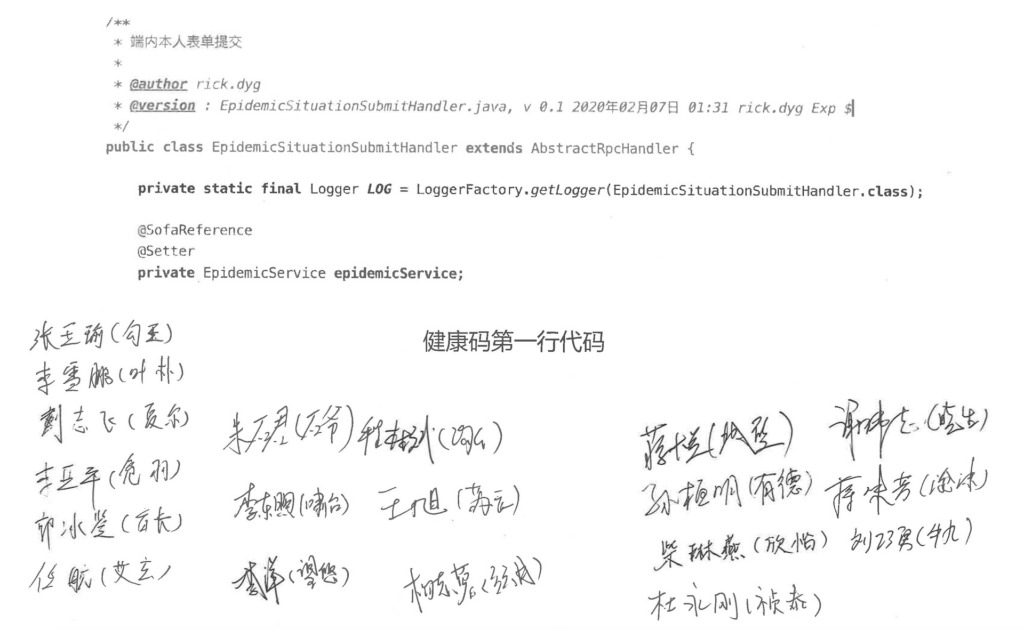
Code: The carrier of modern technology and the common heritage of mankind
As one of the museums with the richest collections of Chinese cultural relics, the National Museum of China houses millions of precious pieces, all of which are imbued with a heavy historical atmosphere.
From the ancient pottery basin with human face and fish pattern to the Zheng He bronze bell from the Ming and Qing dynasties, these collections are all tangible objects that can be touched.
This is the first time that the National Museum has used a collection code, but there are precedents to follow. GitHub recently stored some of its open source code in the form of film and shipped it to the Arctic Coldshore Islands.
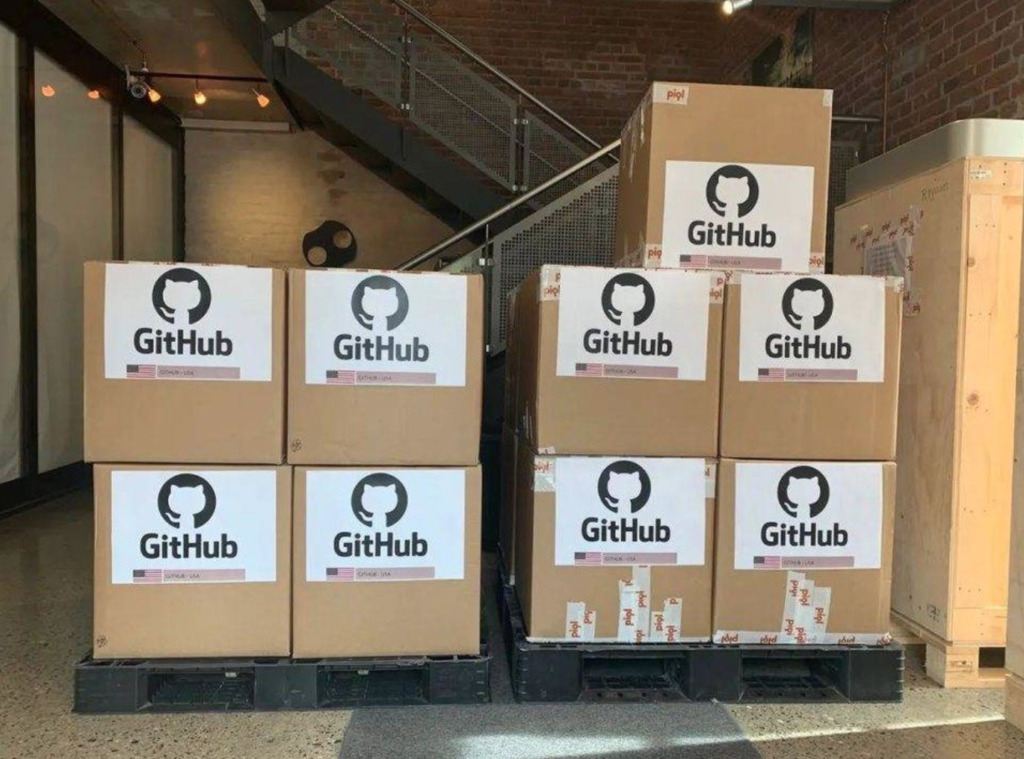
It is reported that these codes can be preserved for up to a thousand years. The reason why GitHub officially launched this plan is:The world is powered by open source software. These codes are the hidden cornerstone of modern civilization and the common heritage of all mankind.
The same goes for health codes. These "intangible" codes are an important part of this important and special year of 2020.

Including this code in the National Museum's collection is not only reasonable, but also has contemporary significance.
We will remember this unusual period, and future generations will also understand this historical moment when technology, medical care, and humanistic care drove the entire nation to fight the epidemic together.
-- over--






